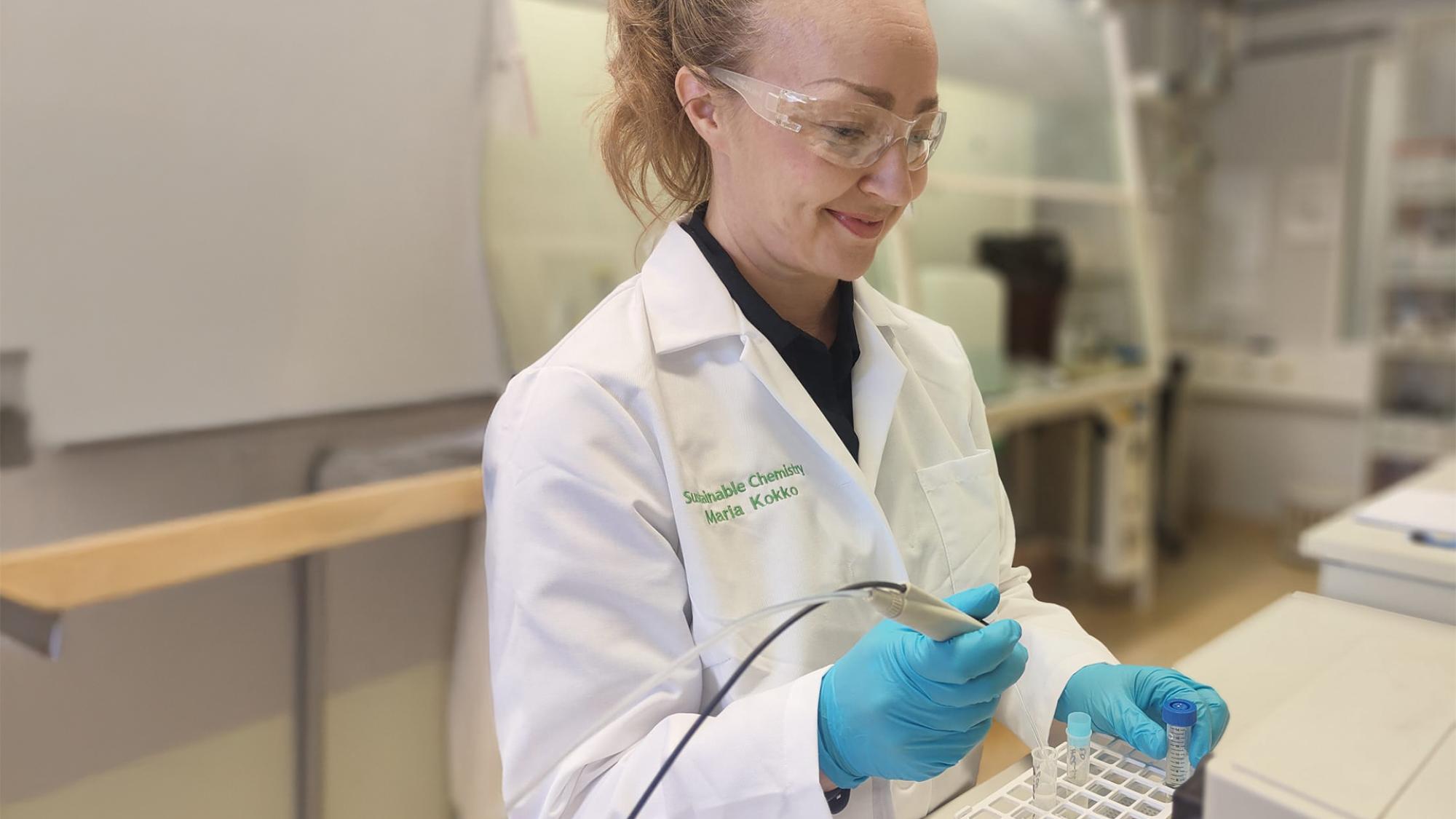Steel industry slag holds valuable potential: an environmentally friendly method for recovering critical vanadium at low temperatures

Vanadium is a silvery-white metal that is solid at room temperature. It is used in various types of steel to improve strength and wear resistance. In the battery and energy industries, vanadium is used, for example, in flow batteries. Vanadium can also be found in everyday tools and kitchen knives.
Vanadium is commonly found in the Earth's crust, but it is widely distributed. Along with iron ore, vanadium ends up in steel mills and, after steel production, as steel slag, a by-product of the manufacturing process. Steel slag is one of the most important sources of vanadium. China, for example, is a major producer of steel and vanadium, with massive production chains. Europe is dependent on a few producer regions for critical raw materials such as vanadium.
In the Nordic countries, vanadium from steel industry by-products remains largely unexploited, though steel plant leaves a substantial amount of vanadium in the steel slag. In recent years, plans have been underway in Finland to build a vanadium recovery plant in Pori.
Current global vanadium recovery methods involve high-temperature, energy-intensive processes, where slag must first be roasted at temperatures up to 900 degrees Celsius. This converts vanadium to a more soluble form.
"This is not necessary when recovering vanadium from Nordic steel slag," says Maria Kokko from the University of Oulu, who tested and experimented with the method in her dissertation. "In Nordic steel slag, vanadium is already in a more soluble form, eliminating the need for high-temperature decomposition. Instead, we can proceed directly to the leaching phase at lower temperatures, around 60 degrees Celsius. This lighter process consumes less energy."
"The doctoral research presents a circular economy-promoting and environmentally friendly process that allows vanadium to be recovered without high-temperature stages. The results pave the way for European self-sufficiency in critical raw materials," says the thesis supervisor, Associate Professor Janne Pesonen from the University of Oulu.
The new recovery process proceeds in two leaching stages. First, calcium is recovered, which facilitates the recovery of vanadium. In the second leaching stage, vanadium is separated from the solution directly without additional chemical treatments.
Key findings of the doctoral research include:
- A simple and environmentally friendly process offers significant potential for vanadium recovery from current Nordic steel industry slag.
- Calcium extraction before vanadium leaching enhances the industrial utilization possibilities of the slag.
- The process enables the recycling of process solutions, supporting the implementation of circular economy principles.
- Similar results were achieved with the novel slag from fossil-free steel production.
The studies were conducted on a laboratory scale in various research projects, in close cooperation with corporate partners.
As a follow-up study, I aim to develop the recycling of vanadium leaching agents and their return to the new vanadium leaching phase," says doctoral researcher Kokko.
The doctoral thesis was funded by the Steel and Metal Producers’ Fund of the Technology Industries of Finland Centennial Foundation.
Learn more about the public thesis defence
Read about related projects: